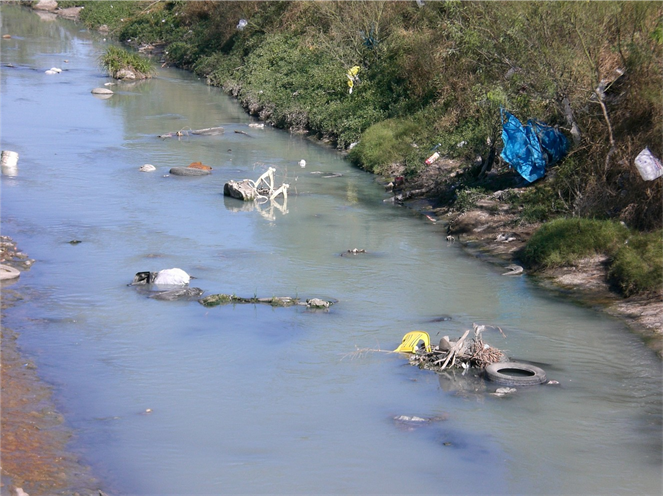Toxic Legacies and Health Inequalities of the Anthropocene
Perspectives from the Margins
—
Published: 30 June 2023
Toxicity
Anthropocene
Health inequalities
Commercial determinants of health.
https://doi.org/10.17157/mat.10.2.6914
Abstract
Based on research in Matamoros (Mexico) and Naples (Italy), this article critically deconstructs embodiments and social histories of toxicity, addressing uneven power relations and health inequalities generated through late capitalism of the Anthropocene. By focusing on food and water consumption in regions at the margins of borders and defined as toxic wastelands, it sheds light on the multidimensional power structures of the global economy. Whether through reference to the illegal dumping of toxic waste by mafia-structured organised crime groups, or the contamination caused by foreign-owned assembly plants, the article illustrates how mechanisms taking place in the individual realm are ‘subsumed’ (Breihl 2019, 33) within more complex historical, economic, and environmental processes. These two case studies are the point of departure to reflect upon the undisclosed but powerful impact that commercial determinants of health have on individuals’ wellbeing, feeding profound north–south inequalities.
